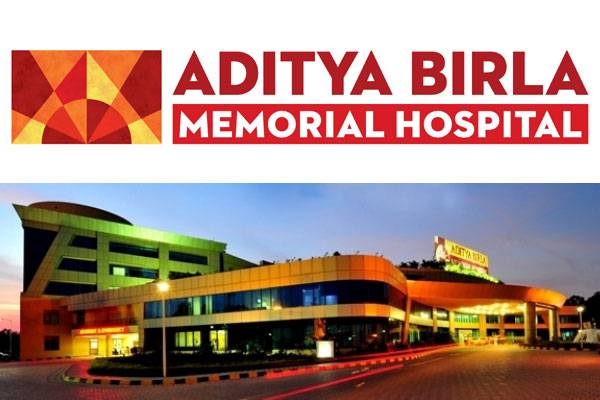The procedure dispensed with need for 2 surgeries and prolonged hospitalisation
Little did this 31-year-old resident of Kolhapur imagine that her toothache could lead to her losing a part of her jaw. But when her pain did not subside despite a tooth extraction and instead overwhelmed her with an unhealing wound and foul smell, the doctors did an X-ray where the tooth had been extracted to find a huge tumour lodged in her jaw.
“Completely aware of the risks and advantages, the patient insisted that she wanted the exact facial form to be sustained post-surgery, with adequate mobility for opening the mouth and chewing. This was rather challenging for any surgeon to deliver on, given the aggressive surgery called for and she was set to lose 40 per cent of her lower left jaw,” pointed out Dr Satyajeet Wadje, consultant maxillofacial and oral surgeon at ABMH.
To skirt around these problems, the ABMH doctors opted for a 3D printed titanium implant, which Dr Wadje vouched had a biological design — a first for Maharashtra. He also claimed that such a procedure was being tried in the city for the first time. Doctors said this process was time consuming and required multiple expertise, though it reduced the time on the operating table. With Dr Abdul Hameed and BONEEASY on board as technology partners, the implant was designed with the 3D printing done in Portugal.
Besides Dr Wadje, the core team of surgeons included Dr Abdul Hameed and Dr Samrat Sabhlok. The surgery took just three hours, as opposed to the 8-10 hours required in the traditional procedure. The skipping of surgery in the leg and reduced hospital stay shrunk the patient’s hospital bill by 40 per cent. Added to this, advanced 3D technology assured 100 per cent predictable results, the doctors claimed.
Speaking on the procedure deployed, Dr Sabhlok, who is also a consultant maxillofacial and oral surgeon at ABMH, said, “With this advanced technology at our hospital, we chose to use 3D printing to replace the diseased part of the jaw with a titanium implant. We designed the part to be replaced to match the structure on the other side, ensuring facial symmetry is maintained. Special attention was given to facial appearance with adequate mouth opening, chewing flexibility.”
The patient said, “I’ve been constantly following up with my doctors. No one can make out that I underwent such an aggressive surgery and half of my natural jaw is absent on my left side. I am able to open my mouth just as before undergoing the surgery. I can also comfortably chew. I am truly grateful to the doctors of the hospital for pandering to my demands.”
Head - Marketing at Indian 3D Printing Network. Communications is an integral part of an organisation. It is the image an organisation portrays to the intended target audience. Understanding the immense responsibility this puts on me and deliver accordingly has always been and will continue to be my objective.


